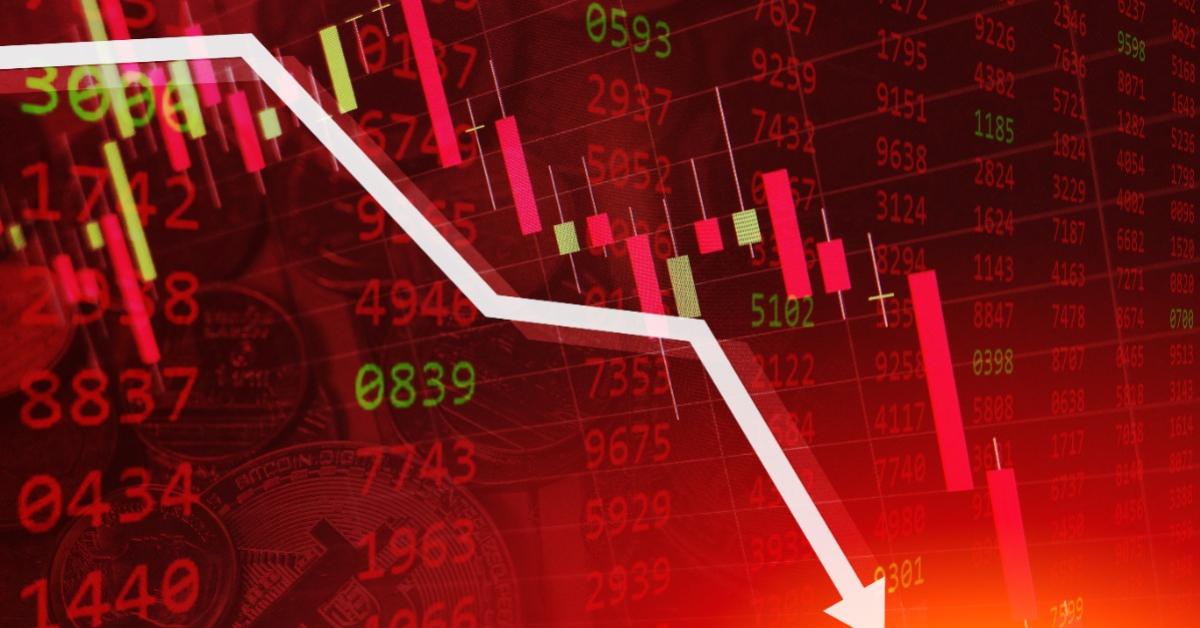
The collapse of California-based Silicon Valley Bank (and Signature Bank in New York) on March 10, 2023, sent shock waves through the international financial system. It not only made bank stocks and bank bonds fall sharply but also finally brought ailing banking giant Credit Suisse to its knees. The Swiss bank had to be rescued and was bought by UBS on March 19, 2023. In another wave of market fear, Deutsche Bank, another global systemically important bank, came under pressure: its share price fell sharply, and credit default swap spreads on its liabilities skyrocketed.
In the meantime, however, market stress seems to have subsided. It is fair to say that the Federal Reserve (Fed) and the US Treasury have pulled it off. The Fed opened its funding spigots for banks, providing them with the necessary funds. This washed away the unfolding liquidity crisis. The US Treasury guaranteed banks’ (hitherto) uninsured deposits, calming people’s fears and giving them less incentive to withdraw their funds from banks, especially from small and medium-sized banks to put into bigger banks.
However, it would be premature to say that the banking crisis is over. In fact, sound economics suggests that things could all too easily take a rather bad turn. The reason lies in the unbacked paper, or fiat money, system. In a fiat money system, banks create new money balances through credit expansion, accompanied by an artificial suppression of market interest rates. This, in turn, results in an initial boom, which sooner or later ends in a bust because distorted market interest rates lead to overconsumption and malinvestment.
In a fiat money regime, banks operate with fractional reserves: they hold merely a fraction of their immediate payment obligations to their customers in cash (banknotes and central bank money balances). In normal times, this does not seem to be a problem. In times of market stress, however, things can get ugly: the “latent illiquidity” of banks could result in a bank run. Of course, the central bank can provide any cash needed to distressed banks at virtually any time; a liquidity shortage can thus be solved. However, an even bigger problem may rise.
A liquidity crisis in the banking system may spill over into a credit crisis—meaning investors fear that borrowers could become unable to service their debt. Why? Banks facing a liquidity problem will become more cautious when it comes to credit risk. Their credit supply will become less abundant and more expensive. This results in payment defaults and business failures. It is precisely through such a process—you might call it a “credit crunch”—that boom turns into a bust. Banks suffer losses and restrict their credit supply even more, then the economy is headed for recession or even depression.
After many years of ultralow borrowing costs, the central banks’ rate hiking spree is most likely to result in a significant slowdown of growth, if not an outright recession. Money supply growth in the US is negative both in nominal and real terms, a direct result of the Fed’s higher interest rates and shrinking of its balance sheet—suggesting a drop in economic activity. Likewise, bank credit growth has slowed considerably and is also negative in real (inflation-adjusted) terms. Monetary developments are quite similar in the euro area.
Therefore, chances of a future substantial slowdown of economic growth, even a fall in production and a rise in unemployment, are high. Such a scenario is all the more likely given the rather high level of debt in many national economies, which has so far been financed by very low interest rates and that now has to be refinanced at significantly higher credit costs. As soon as the first borrowers default on their debts, concern about more defaults will spread like wildfire, and the risk of a collapse of the debt mountain rises.
What will central banks do in such a scenario? They would most likely prioritize keeping the banking system and government entities afloat and doing whatever it takes to ward off defaults. The objective of lowering consumer goods price inflation comes second. Inflation would be considered a lesser evil worth taking to prevent a supposedly even greater evil. So, in the end, what started as a liquidity crisis turns into a credit crisis and eventually a currency crisis—meaning people are losing faith in the purchasing power of money.
Against this backdrop, holding physical gold and silver as part of the liquid portfolio makes sense. Gold and silver cannot be debased by central banks expanding the money supply (i.e., their inflationary policies), and precious metals do not carry counterparty risk as bank deposits do. Most importantly, from our analytical perspective, gold and silver prices are trading on the cheap side. Perhaps this is because many investors expect the banking crisis to be over. We would warn against such a conclusion and say: it’s not over yet; better hold at least some physical gold and silver.
The Austrian economist, Ludwig von Mises (1881–1973), knew the problem all too well. As early as 1951, he wrote:
Politicians are helpless in the face of the crisis they have conjured up. They cannot recommend any way out except more inflation or, as they call it now, reflation. Economic life is to be “cranked up again” by new bank credits (that is, by additional “circulation” credit) as the moderates demand, or by the issue of fresh government paper money, which is the more radical programme.
But increases in the quantity of money and fiduciary media will not enrich the world or build up what destructionism has torn down. Expansion of credit does lead to a boom at first, it is true, but sooner or Iater this boom is bound to crash and bring about a new depression. Only apparent and temporary relief can be won by tricks of banking and currency. In the long run they must land the nation in profounder catastrophe. For the damage such methods inflict on national well-being is all the heavier, the longer people have managed to deceive themselves with the illusion of prosperity which the continuous creation of credit has conjured up.
If politicians and voters—that is, the ruling class and the class of the ruled—keep disregarding the teachings of sound economics, it is fair to say that the crisis is not over yet.




